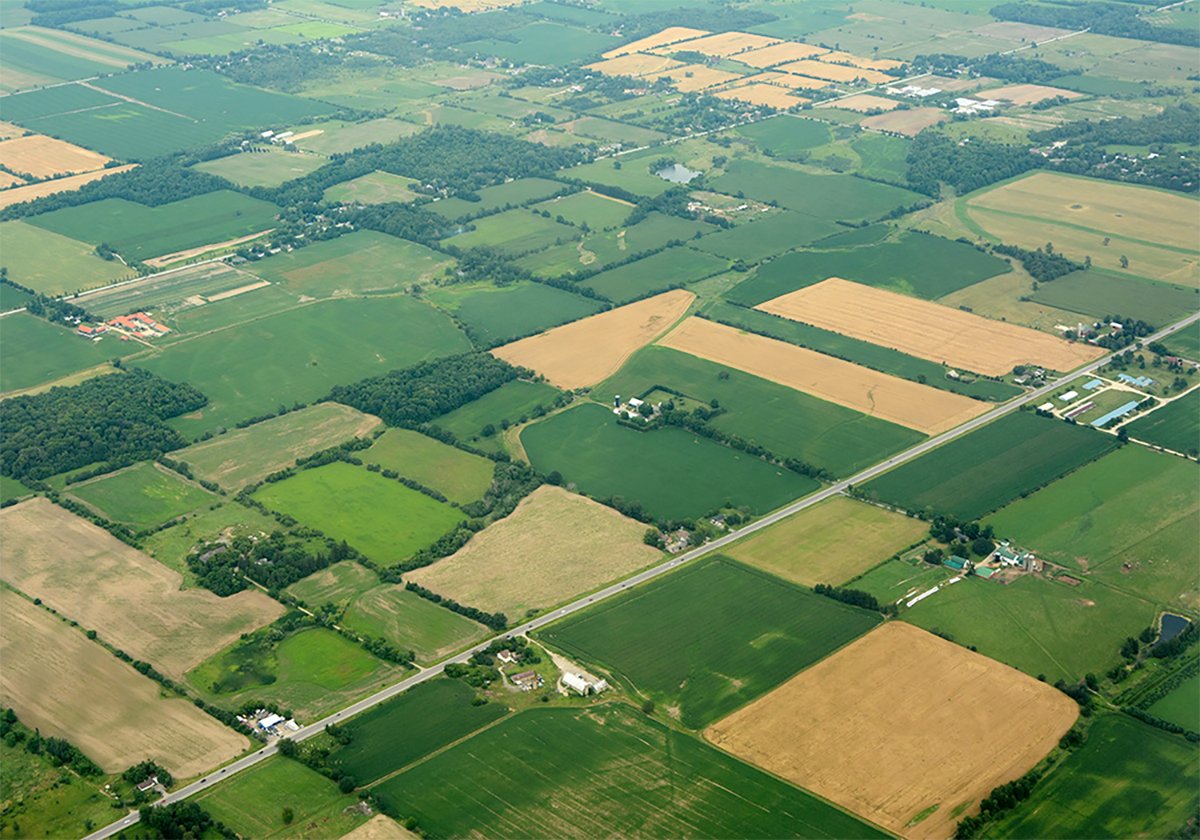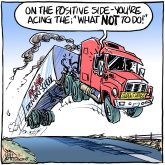AS USUAL, agriculture played little role in the national election campaign that ends Oct. 14.
As usual, agricultural issues played a major role in the scores of rural ridings across the country that keep those growing urban behemoths from bumping into each other on the map of Canada.
Primarily, farmers worried about rising input costs. They fear that as commodity prices fall in the future, as they inevitably will, input costs will not.
The result will be tighter margins and the inevitable next generation cost-price squeeze. ![]()
Read Also

Higher farmland taxes for investors could solve two problems
The highest education and health care land tax would be for landlords, including investment companies, with no family ties to the land.
This led to an underground issue in many rural ridings across the country that was little debated publicly but much discussed privately: will the new generation of farm safety net programs, rolled out this year by the Conservatives but really taking effect next year, do the trick when farm incomes go south again?
Some Conservative MPs were up front about the concerns.
It is impossible to predict, said southern Alberta Conservative Ted Menzies. If there are flaws, a future Conservative government would fix them.
Manitoba’s James Bezan offered this analysis: some sectors with chronically low incomes will fall through the cracks of the new program because like its predecessors, it pays out based on variation from historic profit levels. Those with three years of low or no profits will receive little support.
He hopes plans for a program top-up through the Conservative announcement of a regional flexibility fund will fill the gaps.
Meanwhile, Liberal agriculture critic Wayne Easter prophesies gloom and doom and a reduction in farmer payouts. He sidesteps the obvious point that the Conservative reliance on payouts based on historic margins builds on a Liberal record of creating programs that work only for farmers who occasionally lose money and occasionally make money to build up their margins.
Chronic money losers need not apply.
But what of the argument from both parties that their agri-flex funding promises, putting federal dollars into regions or sectors where the national policy structure does not meet the need, will be the answer?
Really, it is to laugh.
Let us be realistic.
The Liberals promised more than $560 million over four years. The Conservatives came in later, once they realized the power of the regional flexibility issue in rural Ontario and Quebec, with a $500 million four-year pledge.
The numbers sound big but really, spread over 10 provinces over four years, they are promising almost nothing.
Like the Conservative announcement of $400 million toward cost-of-production increases over four years when real costs are going up by multiples of that, an announcement of at most tens of millions of program funding for provinces per year is small potatoes.
But history suggests that election decisions are not about how much money governments throw at farmers.
If it was, the Progressive Conservative government, after billions of dollars of farm bailouts, would not have lost every rural seat in Canada in 1993.
Apparently, farmer votes can’t be bought.
Political parties in this election have paid heed.
Their promises are modest indeed.














